MT-12 "Rapier" guns in the Special Operation area
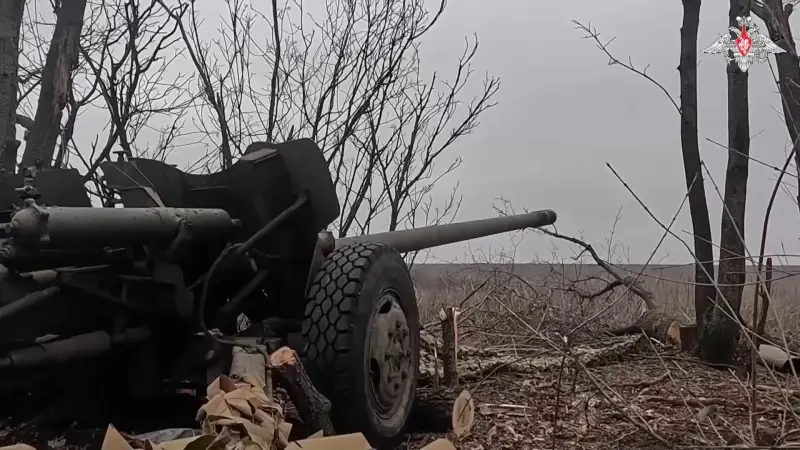
MT-12 gun in position
As part of the current Special Operation, Russian artillerymen are using a number of guns of different classes and types. A certain place in the range of such weapons is occupied by the MT-12 Rapier smooth-bore towed anti-tank gun. This product has a special combination of tactical and technical characteristics, which allows it to effectively solve a wide range of tasks and hit various targets with high accuracy.
Guns at the front
According to known data, Russian artillery units equipped with MT-12 guns have been participating in the Special Operation almost from its first days. "Rapiers" and their crews are present in all directions and in the most critical sectors of the front. Like other artillerymen, they constantly conduct combat work and fire at identified enemy targets.
The work of the artillerymen does not go unnoticed. Photos and videos using “Rapier” regularly appear on various resources. Both the work of crews and the firing of cannons, as well as footage of objective control of hitting a target, are demonstrated. In addition, the Ministry of Defense has repeatedly published interviews with artillerymen, in which they revealed the features of their service and the use of guns, and also talked about their successes.
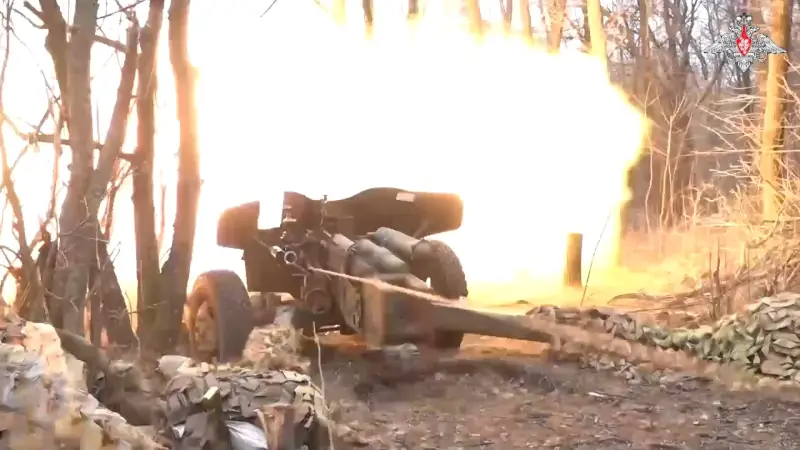
Cannon shot
In the combat zone, Rapiers are mainly used in their original form and as a towed weapon. The operation of the gun and crew in this case is ensured by a tractor - a truck or an MT-LB transporter.
However, a number of MT-12 guns became self-propelled. They are installed on the roof of a standard armored tractor, which dramatically improves the mobility and mobility of the entire system. However, such technical creativity is not widespread, and the bulk of the fleet still consists of towed guns.
It should be noted that MT-12s are also in service with Ukrainian formations. They are also trying to use them, place them on self-propelled chassis, etc. However, the technical superiority of the Russian army in reconnaissance and counter-battery weapons gives a predictable result. Some of the Ukrainian Rapiers became trophies, while others were destroyed.
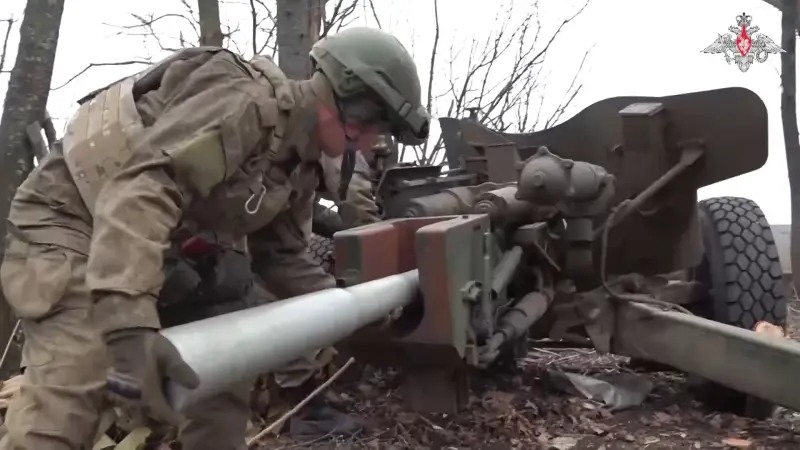
During loading
Application Issues
Regardless of the method of movement, “Rapiers” are used according to the proven scheme. The crew moves the gun into position, clarifies the aiming data, fires the required number of shots and retreats to another position or to a safe place. The well-coordinated and fast work of the artillerymen, as well as the high performance of the gun itself, make it possible to complete all operations in the minimum time and leave the position before return fire.
"Tricks of war" are reportedly being used. Thus, when retreating, artillerymen often leave a mock-up gun in position. Such a product attracts the attention of enemy reconnaissance and comes under fire. At the same time, enemy artillery unmasks its positions and helps our counter-battery fight. Often, attacks on exposed enemy guns are carried out by “Rapiers”, which were previously replaced by mock-ups.
Like other artillery, Rapiers use modern reconnaissance equipment. A UAV is on duty in the crew’s area of responsibility, the operator of which monitors the situation, identifies enemy targets and transmits target designation to the artillerymen. In combination with the high characteristics of the gun itself, such an organization of firing increases the speed and likelihood of successfully hitting targets.
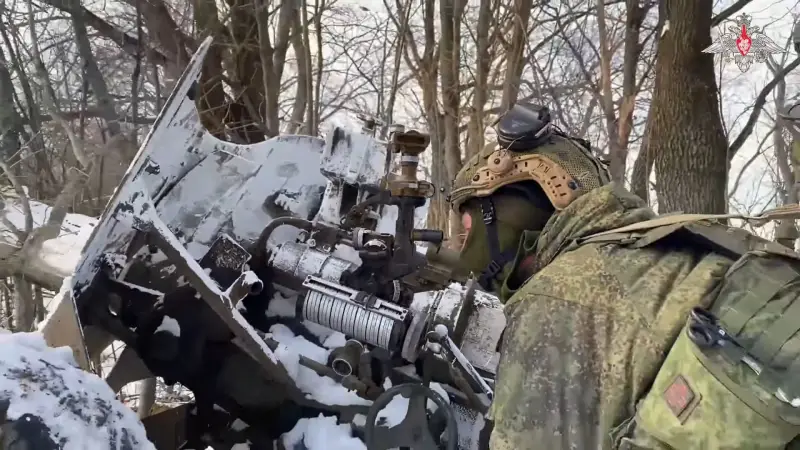
Gunner at work
The MT-12 product is known for its high shooting accuracy, and this advantage is again confirmed by practice. In an interview with the press service of the Ministry of Defense, artillerymen note that the Rapier allows you to hit the intended target with the minimum necessary sighting and adjustment. A minimum of shells and time is spent on a fire mission.
The gun uses unitary shots with a wide range of projectiles for different purposes. MT-12s successfully destroy manpower, artillery and various structures using high-explosive fragmentation shells. An effective means is cumulative fragmentation shells, capable of hitting and/or destroying armored vehicles, up to basic tanks.
The Rapier's ammunition also includes a guided missile with a cumulative warhead. It is possible that such ammunition is also used as part of the Special Operation, but precise information on this matter is not available. They have not yet been mentioned in official reports from the Ministry of Defense.
In general, the MT-12 "Rapier" anti-tank guns in current battles show themselves to be an effective and reliable fire weapon, capable of hitting a variety of targets and objects with high accuracy. At the same time, gun crews, including contract soldiers and mobilized soldiers, demonstrate a high level of training and fully realize the potential of the weapons they have.
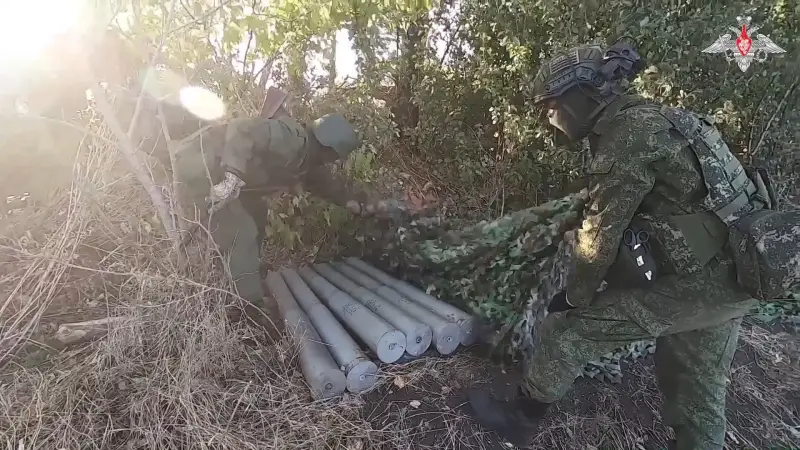
Ready-to-use ammunition
Technical potential
The 100-mm anti-tank gun 2A29 / MT-12 / “Rapier” was created in the sixties as a deeply modernized version of the T-12 gun. The modernization of the original design consisted of updating the artillery section and introducing a new carriage. The project was prepared in the first half of the sixties, and by the middle of the decade the gun was put out for testing. In 1970, the 2A29 product was accepted for service and put into production.
At the turn of the seventies and eighties, the MT-12 underwent a new modernization. In the MT-12K project, a 9K116 “Kastet” guided weapon system with an anti-tank missile was introduced, and the MT-12R product received a 1A31 “Ruta” radar sight. Both modifications of the Rapier were put into service in 1981. Products with the letters “K” and “P” were mass-produced. In addition, the MT-12s already in service with the troops underwent modernization and received the appropriate equipment.
MT-12 is built according to the classical design. The basis of the design is an artillery unit with a barrel, breech and bolt. A smooth 100 mm monoblock barrel with a length of 63 clb is used, equipped with a muzzle brake with several rows of round holes. The shutter is a semi-automatic wedge that moves in a vertical plane. The barrel group is mounted on hydropneumatic recoil devices.
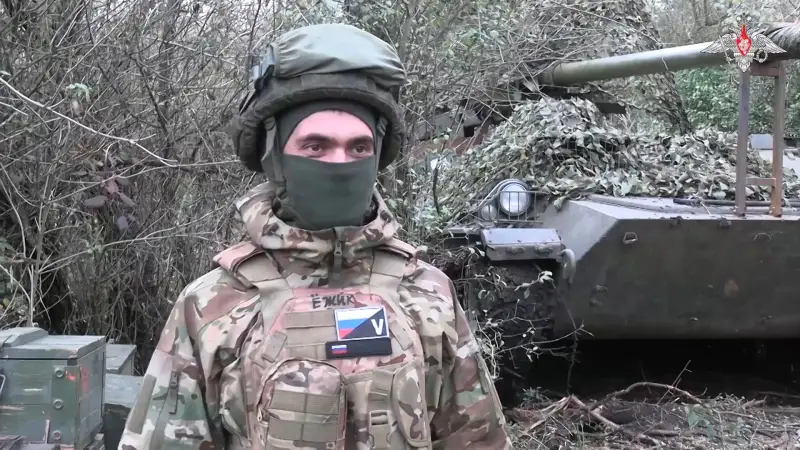
The gunner of one of the guns with the call sign Hedgehog. In the background is an MT-12 gun on an MT-LB tractor
A carriage with sprung wheel travel and two sliding frames is used. The barrel with anti-recoil devices is fixed on the upper machine, which has manual aiming drives. Horizontal guidance is carried out within 27° to the right and left of the neutral position. Vertical aiming – from -7° to +20°. The Rapier is an anti-tank gun and is designed to fire primarily at direct fire. In this regard, large elevation angles are not required. A shield cover is provided for the crew.
When firing direct fire from the MT-12, the OP4MU-40U telescopic sight is used. Firing from closed positions is provided by the PG-1M panorama with additional devices. The gun is also compatible with night sights of the 1PN35 or APN-7 type. To expand combat capabilities, the 1A31 radar sight or control devices from the 9K116 complex are used.
The total length of the MT-12 gun in the stowed position exceeds 9,6 m. Weight is 3,1 tons. The use of tractors with the appropriate characteristics is allowed. The carriage's wheel travel allows the gun to be towed along the highway at speeds of up to 60 km/h.
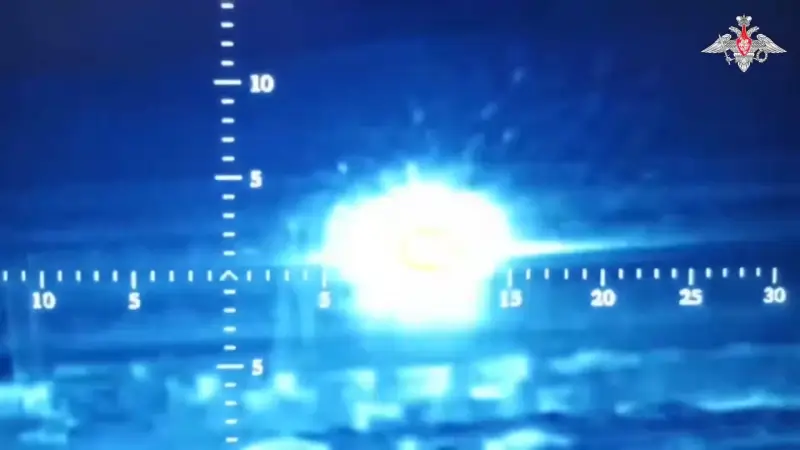
Target hit
"Rapier" uses unitary shots with projectiles for various purposes. To destroy tanks, four types of armor-piercing sub-caliber shells (3UBM1, 3UBM2, 3UBM10 and 3UBM15) and four cumulative fragmentation shells (3UBK2, 3UBK2M, 3UBK8 and 3UBK8M) have been developed. The Kastet complex includes the 9M117 missile. For manpower and other weakly protected targets, high-explosive fragmentation ammunition 3UOF3 and 3UOF12 is used. Also, as part of the artillery system, inert shots were developed that simulate real ammunition, blanks, etc.
HEAT and fragmentation projectiles receive a muzzle velocity of approx. 975 m/s; for sabots this parameter reaches 1570 m/s. The direct shot range is 2,5 km. At the same time, the effective range of cumulative projectiles does not exceed 1-1,2 km, and sub-caliber projectiles - 2-2,1 km. The 9M117 rocket flies at a distance of 5,5 km. The maximum firing range is provided by high-explosive fragmentation shells and is 8,2 km.
Confirmed by practice
The strengths of the MT-12 “Rapier” product include simplicity of design and fairly high tactical and technical characteristics. First of all, there is a high accuracy of fire - because of this, the MT-12 is called a “sniper gun”. In addition, the weapon uses a wide range of ammunition suitable for different purposes. Mastering the gun is not particularly difficult, and a prepared crew can fully realize the potential of the design.
Despite its advanced age, the MT-12 gun remains effective weapons, capable of solving their range of fire missions - with competent organization of combat work and using its strengths. Our artillerymen have mastered their equipment well, cope with their duties and inflict significant damage on the enemy. Together with calculations of other systems and complexes, they continue the demilitarization of the Kyiv regime.
Information